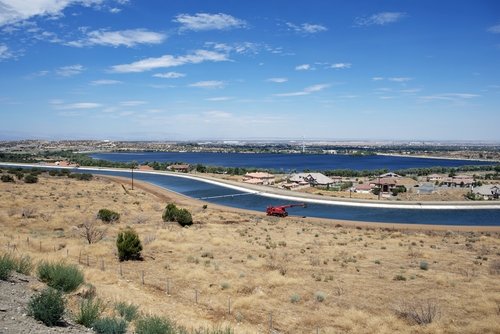The California Energy Commission last week approved $US384 million ($A542 million) to fill gaps in California’s electric vehicle charging network, supporting Governor Gavin Newsom’s decision to phase out the sale of new petrol and diesel passenger vehicles by 2035.
The $US384 million plan aims to support the development of critical clean transportation to boost the adoption of zero-emission vehicles while simultaneously helping California’s aims of reaching its climate, clean energy, and public health goals.
Importantly, the plan aims to invest 50% of the funds so as to benefit disadvantaged and low-income communities.
“The zero-emission transportation market continues to be California’s for the making, delivering jobs and cleaner air especially in communities most in need of relief,” said lead commissioner for transportation Patty Monahan.
“This funding plan is another down payment on electrifying transportation while helping ensure everyone can take part through access to convenient refuelling, innovative mobility options, workforce training programs, and more.”
The decision from the California Energy Commission (CEC) comes less than a month after the surprise executive order signed by California Governor Gavin Newsome which sets in motion a ban on the sale of all internal combustion engine (ICE) vehicles by 2035.
“This is the most impactful step our state can take to fight climate change,” said Governor Newsom. “For too many decades, we have allowed cars to pollute the air that our children and families breathe. Californians shouldn’t have to worry if our cars are giving our kids asthma.
“Our cars shouldn’t make wildfires worse – and create more days filled with smoky air. Cars shouldn’t melt glaciers or raise sea levels threatening our cherished beaches and coastlines.”
Governor Newsome’s executive order was immediately ridiculed by the White House, with White House spokesman Judd Deere declaring that “President Trump won’t stand for it.”
The investment, which will become available over the coming three years, will cover the development of a range of zero-emission vehicle infrastructure, and will be portioned as follows:
- $132.9 million for light-duty EV charging infrastructure.
- $129.8 million for medium- and heavy-duty ZEVs and infrastructure.
- $70 million for hydrogen refueling infrastructure.
- $25 million for zero-and near-zero-carbon fuel production and supply.
- $10 million for recovery and reinvestment.
- $9 million for ZEV manufacturing.
- $7.5 million for workforce development.
The allocated funds will be distributed to projects through a combination of competitive funding solicitations and direct funding agreements. Further, the investments as designed are intended to reflect market potential and technological need and designed to work in combination with other California programs and policies.
The primary example of this alignment of policy goals is the intention to direct 50% of the allocated funds towards low-income and disadvantaged communities.
A previous investment by the CEC of $US375 million in electric transportation saw the introduction of 11,276 EV chargers installed across California, according to CEC spokesperson Lindsay Buckley, speaking to GTM, who suggested this could provide a helpful frame of reference for how the new funding could be used and what it could achieve.
With an estimated 57,000 Level 2 chargers across California and 4,900 DC fast chargers, the CEC’s current level of funding, in tandem with plans from state utilities, is expected to result in the addition of another 117,000 Level 2 chargers and another 4,300 DC fast chargers, all by 2025.
Joshua S. Hill is a Melbourne-based journalist who has been writing about climate change, clean technology, and electric vehicles for over 15 years. He has been reporting on electric vehicles and clean technologies for Renew Economy and The Driven since 2012. His preferred mode of transport is his feet.

